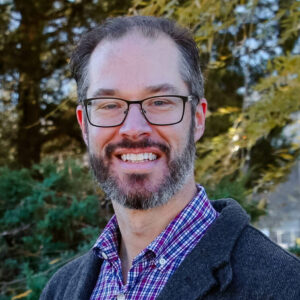About
- Vision
The Mid-Columbia Symphony is renowned throughout our region and across the generations for inspiring a love of orchestral music.
- Mission
We will sustain a high-quality, classically-trained orchestra to provide inspiring music through traditional and family-friendly concerts and community outreach. Specifically, we will
- Develop a loyal sponsor base and sustain an income sufficient to attain our vision;
- employ artistically superior musical leadership and musicians;
- provide excellent concert experiences for our patrons; and
- sustain a renowned youth program in music education and performance.
History
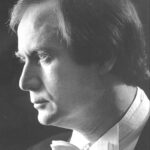 In 1945, the “Richland Choral Society and Concert Orchestra” presented Handel’s Messiah at Columbia (now Richland) High School. The 80-member chorus and orchestra had been created by Sydney Irving, an imported scientist in the Hanford Project who had a passion for classical choral musical.
In 1945, the “Richland Choral Society and Concert Orchestra” presented Handel’s Messiah at Columbia (now Richland) High School. The 80-member chorus and orchestra had been created by Sydney Irving, an imported scientist in the Hanford Project who had a passion for classical choral musical.
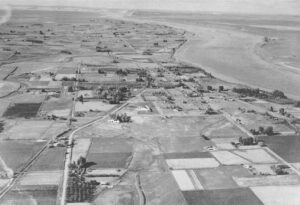 Drawing on the incidental musical training and talents of other project people and their spouses, he was determined to bring culture to what seemed to many imported scientists to be a “cultural wasteland.” Their audience was mainly people working on the vast government project, which for the sake of secrecy (few people on the project knew its wartime purpose) was scarcely connected to the tiny farming towns to the south. The only significant town was Pasco, being on a rail line and having the region’s only airport (Pasco was a pioneer in air mail).
Drawing on the incidental musical training and talents of other project people and their spouses, he was determined to bring culture to what seemed to many imported scientists to be a “cultural wasteland.” Their audience was mainly people working on the vast government project, which for the sake of secrecy (few people on the project knew its wartime purpose) was scarcely connected to the tiny farming towns to the south. The only significant town was Pasco, being on a rail line and having the region’s only airport (Pasco was a pioneer in air mail).
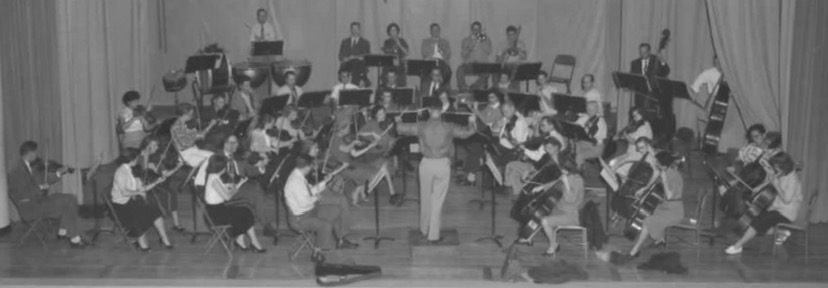 By the 1950s, the Symphony was staging collaborations with the resident Mastersingers, the Walla Walla Symphony, and small ensembles throughout the area, providing a hub for the region’s musical enthusiasts, and an outlet for its players. By the ’60s, the Symphony had established the Young Artists Competition, where talented youth competed in adjudicated contests. The winners then soloed with the full Symphony, as they do to this day/ By 1970, our musical leadership matured and our repertoire expanded to guest artists such as Mary Costa, Paul Creston, Earl Wild, and Marisa Galvany performed and conducted. International icons such as Celedonio Romero, Albert Markov, and Yo-Yo Ma performed in our no-longer cultural wasteland.
By the 1950s, the Symphony was staging collaborations with the resident Mastersingers, the Walla Walla Symphony, and small ensembles throughout the area, providing a hub for the region’s musical enthusiasts, and an outlet for its players. By the ’60s, the Symphony had established the Young Artists Competition, where talented youth competed in adjudicated contests. The winners then soloed with the full Symphony, as they do to this day/ By 1970, our musical leadership matured and our repertoire expanded to guest artists such as Mary Costa, Paul Creston, Earl Wild, and Marisa Galvany performed and conducted. International icons such as Celedonio Romero, Albert Markov, and Yo-Yo Ma performed in our no-longer cultural wasteland.
 Thus began today’s regional Mid-Columbia Symphony, which today serves a metropolitan area approaching 300,000 people—the Tri-Cities and the Mid-Columbia Region beyond. In 1956 the Symphony began its Society Guild “to assist the Mid-Columbia Symphony.” Ultimately the membership expanded to dozens of people helping to raise the funds needed to attain today’s Mid-Columbia Symphony.
Thus began today’s regional Mid-Columbia Symphony, which today serves a metropolitan area approaching 300,000 people—the Tri-Cities and the Mid-Columbia Region beyond. In 1956 the Symphony began its Society Guild “to assist the Mid-Columbia Symphony.” Ultimately the membership expanded to dozens of people helping to raise the funds needed to attain today’s Mid-Columbia Symphony.
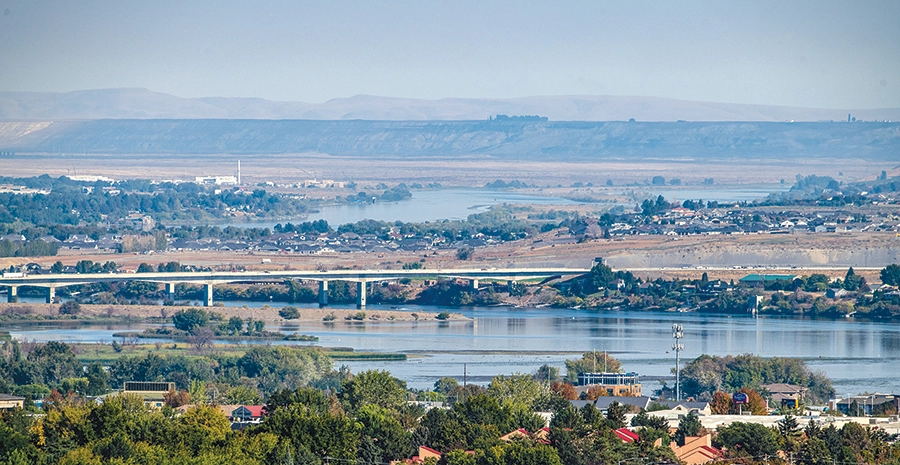
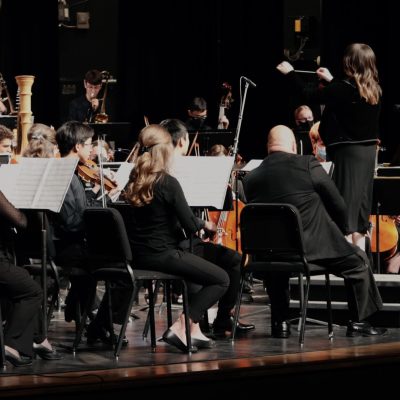
Our Organization
The Mid-Columbia Symphony Society is a 501(c)3 non-profit organization that sustains the Symphony financially. We employ dozens of the region’s finest professional musicians in seated positions, supplemented by other local and extra-regional artists depending on the size of each concert. Our programming is predominantly classical, but includes orchestral renditions of modern music, such as movie themes and programs for younger audiences.
Performance Schedule
The Symphony currently produces five concerts each season, occasionally featuring guest artists and collaborating with other regional performing arts organizations. Mid-Columbia Symphony musicians also perform for other community events, including operas, festivals, and memorial concerts.
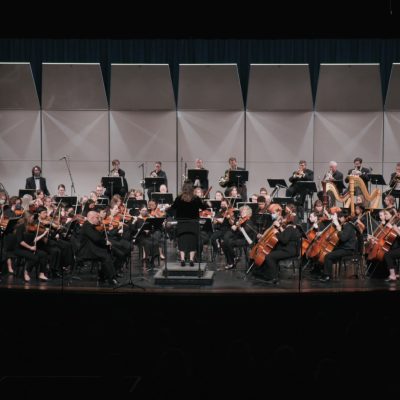
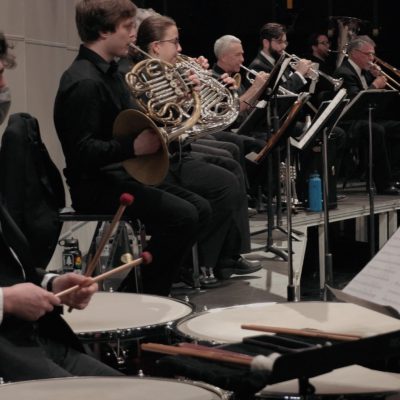
Education

Frequently Asked Questions
Let us know if you have other questions
- You can buy reserved tickets online on this website (go to “Events” on this website). Between concert seasons you can buy season tickets; once concerts begin you can buy tickets for individual concerts.
- You can buy tickets by phoning or visiting our business office. Our contact information is found at the bottom of this page or any of the pages in this website
- You can buy tickets “at the door”. Please: come at lest 30 minutes early because a line forms buying at the door, and if you are late for the concert, by policy you will have to wait until the first pause in the program to be admitted (please see “concert etiquette”)

Ticket prices for this (2022-2023) concert season range from $66 for closer, center seats, to $16 for seats toward the back and sides, with seats between these available for $35 and $42.
The Mid-Columbia Symphony keeps its ticket prices as low as possible to make our concerts as available as possible to our entire community. Consequently, ticket sales provide only about a fourth of the income needed to sustain us. Almost half of our operating budget relies on donations from people across our region. Even if you buy tickets, please consider donating to sustain this cultural treasure, a first-rate symphony orchestra here in our region. Please check out “Support the MCS” on this website. Join the thousands in our community who have sustained us over our 78 years. Thank you!
Until we have a performing arts center, we hold our concerts in the Richland High School Auditorium, which was renovated in 2020 at a cost of nearly $8 million. It is comfortable, has excellent acoustics, and is well served by restrooms and other amenities.
Occasionally, scheduling conflicts result in performances at the Kennewick High School Auditorium, which is also comfortable, has excellent acoustics, and is well served by restrooms and other amenities.
Of course, parking depends on the venue. We provide a link to a map of the venue and parking on our “next concert & tickets” page under “Events & Tickets” on this website.
Our auditoriums include places to sit in wheelchairs. However, in the Richland HS auditorium, there are stairs separating the main front lobby from the entrances to the seating. There, you will be directed to an alternative outside building entrance to a lower lobby, from which you will enter the seating without encountering stairs.
Until we have a performing arts center, we hold our concerts in the Richland High School Auditorium, which was renovated in 2020 at a cost of nearly $8 million. It is comfortable, has excellent acoustics, and is well served by restrooms and other amenities. Entering the main lobby, you’ll find symphony staff and volunteers at counters and tables, taking tickets, providing will-call tickets, and selling tickets “at the door”. If you plan to buy tickets at the door, please come at least 30 minutes early because a lines usually forms, and, by policy, once the concert starts you may have to wait until a break before being admitted.
Seats are reserved and seat locations are marked on the seats, making them easy to find. Ushers are available to help you find you seat, or to assist patron in wheel chairs to their locations. Other volunteers take you tickets, hand out concert programs, and direct you to the correct door. Here is a view of the auditorium from the stage; the main lobby is behind the rear wall, and you can see one of the side doors where you enter the auditorium.
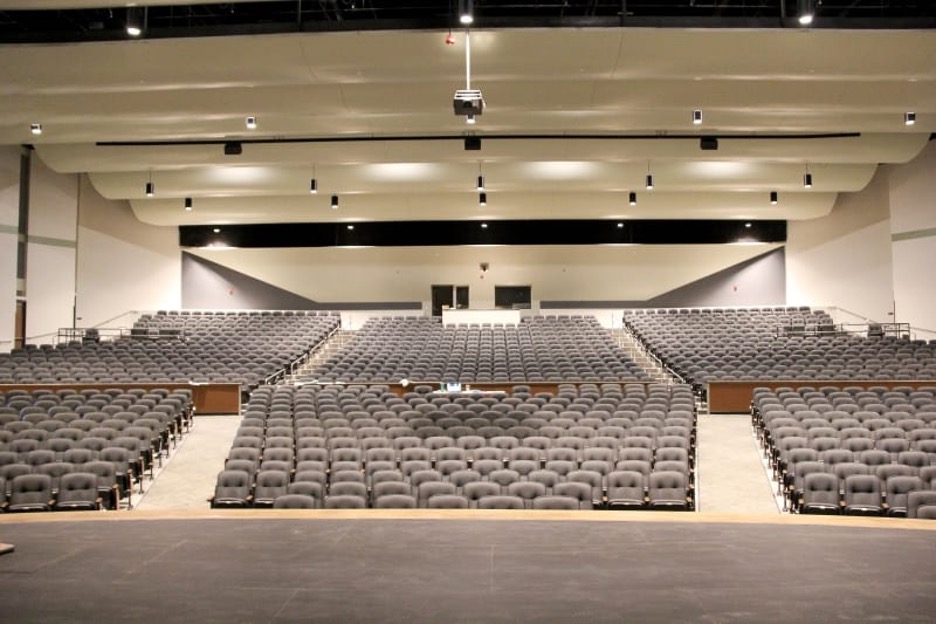
Occasionally we cannot schedule the Richland auditorium. The most likely substitute is Kennewick High School’s Art Fuller Auditorium—another excellent concert auditorium with seating similar to the Richland auditorium. The experience there is also very similar to in Richland.
Most or our concerts present classical music, which is quite diverse. It ranges from major symphonies by famous composers to shorter, fun pieces, both familiar and less known treats, to movie music, marches, and ethnic delights. Often our concerts include pops orchestral music. Check our “concert season” under “Events & Tickets” on this website, for specifics.
If you would like to sample recent performances, check our “past concert programs” under “Archives” on this website. And if you have ideas about music you’d like to hear, let us know: see our contact information at the bottom of this or any page on this website.
In a word, no, other than usual community standards of decorum and modesty. It is an opportunity to dress up if you wish—you would not feel out of place wearing suits and dressy gowns—tuxedos, not so much—but most patrons wear “business casual” clothes. Coat and tie are not required. In warm weather, some people relax in tee shirts, shorts, and sandals. There is a 15-minute break roughly in the middle of the concert program to allow patrons to use restrooms, stand and stretch, and talk with friends.
We want everyone to be comfortable and not to worry about meeting perhaps unfamiliar standards of behavior. Our standard is just common sense. People come to hear the music; they socialize only before or after the concert and at intermission. Unlike loud concerts where people strain to be heard over the music, in our concerts people would struggle to enjoy the music if distracted by talking, so our concert etiquette is intended to allow people to hear and enjoy the music free of distractions. There is a huge range to the music, often from very quiet to very loud in the same piece. Usually, it’s not loud enough to drown out distractions from the audience. Therefore, please do the following:
- Silence cell phones
- Do not talk or whisper during performances or when people on stage are speaking. The acoustics are great, meaning modest sounds carry far. Children are welcome, and we hope they develop their parents love of live orchestral music. We often see small ones enjoying their own quiet activities while their parents enjoy the concert. But parents are responsible for their children not distracting other concert-goers. Thank you for your help!
- Do not attempt to enter the auditorium during performances. Opening and shutting the side doors is audibly and even visually distracting, not only to the audience but to the performers. By policy, once the concert begins, ushers are instructed to keep the side doors closed until a break between pieces. Please help them do their job. Thanks!
